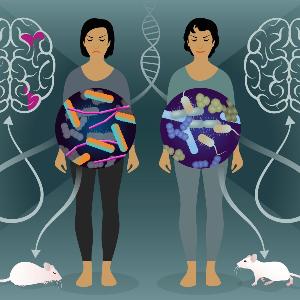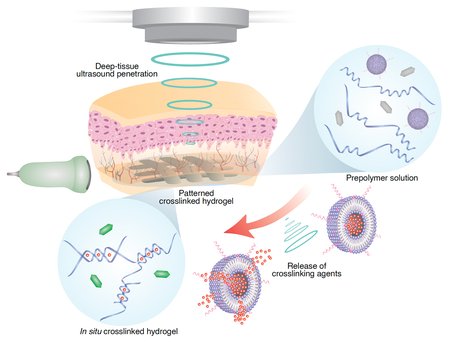2025-05-06 中国科学院(CAS)
<関連情報>
- https://english.cas.cn/newsroom/research_news/chem/202505/t20250507_1042591.shtml
- https://www.pnas.org/doi/10.1073/pnas.2417104122
ポリ乳酸マイクロプラスチックを炭素源として炭素循環に組み入れ、腸の内因性代謝を改造する Incorporation of polylactic acid microplastics into the carbon cycle as a carbon source to remodel the endogenous metabolism of the gut
Lin Bao, Xuejing Cui, Tao Zeng, +6 , and Chunying Chen
Proceedings of the National Academy of Sciences Published:May 5, 2025
DOI:https://doi.org/10.1073/pnas.2417104122
Significance
The growing presence of polylactic acid microplastics (PLA-MPs) in aqueous and alimentary contexts has led to increased oral exposure. Understanding primary biological processes of PLA-MPs in the gut is crucial for assessing their potential impact on the host health. We clarified the degradation source of PLA-MPs in the gut and revealed the incorporation of PLA-MPs into the metabolic flux of gut microbiota and epithelial cells as a carbon source in vivo using the 13C isotope tracing technique, thereby entailing a distinct biological fate of biodegradable plastics in mammals.
Abstract
Biodegradable polylactic acid (PLA) plastics have been praised as an effective solution to the global pollution caused by petroleum-based plastics, and their widespread use in food packaging and disposable tableware has resulted in increased oral exposure to PLA microplastics (PLA-MPs). Despite their eco-friendly and biodegradable reputation, the in vivo behaviors of PLA-MPs concerning fermentation, carbon cycle, and adverse effects remain unknown. Here, we showed that gut microbiota from the colon can effectively degrade the PLA-MPs by secreting esterase FrsA, whereas esterase FrsA-producing bacteria were identified to dominate this behavior in male C57BL/6 mice. Using isotope tracing and multiomics techniques, we uncovered that 13C-labeled PLA-MPs were incorporated into the carbon cycle of gut microbiota as a carbon source. Meanwhile, these degraded PLA-MPs fragments entered the succinate pathway of the tricarboxylic acid cycle within gut epithelial cells. These processes altered the metabolic phenotype of the gut, resulting in the decreased linear short-chain fatty acids that are primary energy sources of the gut epithelium. Furthermore, we found that exposure of PLA-MPs significantly reduced the appetite and body weight of mice. Our findings present an overall process of biodegradable plastics within hosts, with the focus on the entire double carbon cycle of PLA-MPs in the gut, which offers indispensable insights into the potential impact of exposure to PLA-MPs.



